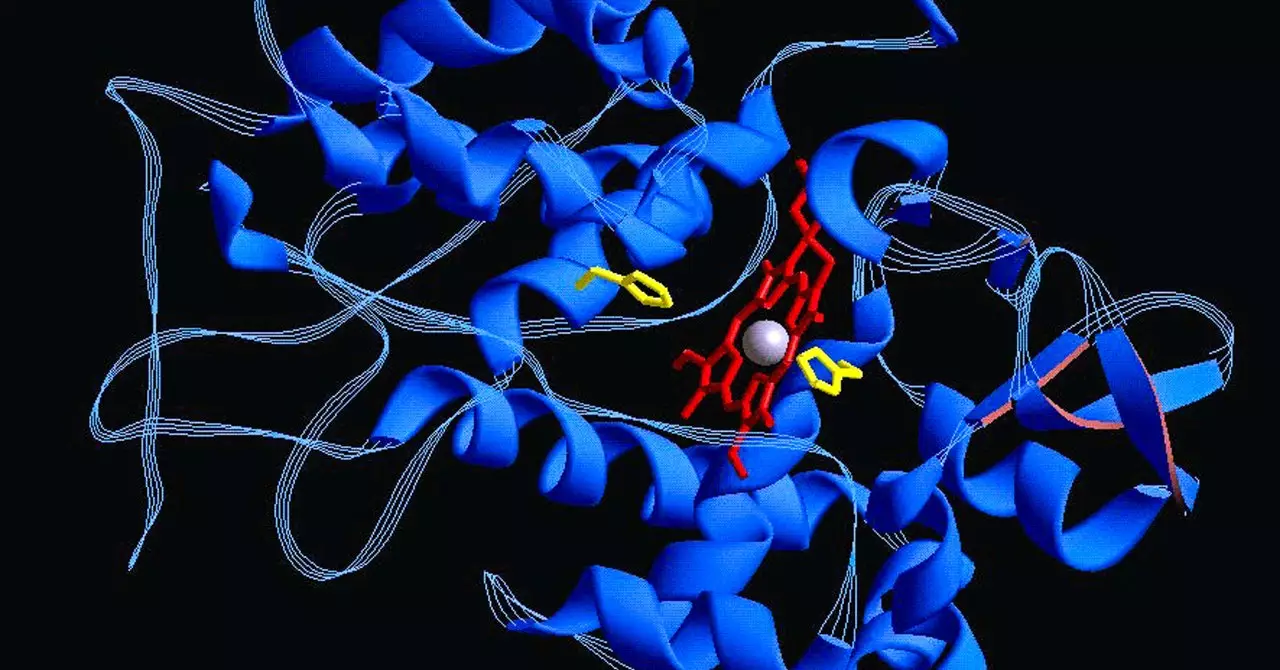The recent Nobel Prize awarded to three researchers for their contributions to artificial intelligence underscores a pivotal moment in the scientific community. While many celebrate this recognition as a validation of the field’s potential, it simultaneously raises concerns about researchers potentially prioritizing technique over substance. The implications of a Nobel Prize in AI provoke questions about the direction of future research and the possible commodification of scientific inquiry.
The phenomenon of hype surrounding scientific advancements is not new. Historical examples abound, with technologies such as blockchain and graphene experiencing cycles of frenetic interest followed by the inevitable downturns when real-world applications fail to match the initial promises. For instance, after Andre Geim and Konstantin Novoselov were honored with a Nobel Prize for their discovery of graphene, academic publications on the subject skyrocketed from 45,000 between 2005 and 2009 to over a million from 2015 to 2020. Despite this surge, the tangible impact of graphene on everyday technology remains relatively modest.
In an era where the accolades of prestigious awards can catalyze research trends, it is essential to critically examine whether this dynamic will yield substantial advancements in AI. Hodgkinson’s concerns about researchers gravitating toward AI techniques rather than scientific understanding highlight a potential misalignment in priorities that could jeopardize authentic scientific inquiry.
According to data compiled by Stanford University, the volume of AI publications has surged alarmingly, tripling from 2010 to 2022. This growth culminated in nearly a quarter of a million AI papers published in 2022 alone, marking an average of over 660 new studies released each day. Interestingly, this was prior to the November 2022 rollout of ChatGPT, which propelled generative AI into the limelight. The pressing question that emerges is whether the rapid publication of research translates into meaningful advancements or merely reflects a trend that researchers are eager to capitalize on.
The phenomena of increased publications following significant recognition pose a risk: the quality and depth of research could be sacrificed on the altar of quantity. The possible emergence of science characterized by selection bias could inhibit innovation, as academic researchers may feel compelled to chase popular topics rather than pursuing truly groundbreaking questions.
As competition in academia intensifies, funding becomes increasingly tied to the visibility and perceived relevance of researchers’ work. The allure of earning accolades such as the Nobel Prize may distort priorities. Julian Togelius, a distinguished figure in AI research, posits that the pursuit of ‘high-bang-for-your-buck’ projects often supplants the exploration of areas that require deep theoretical engagement. This shift towards simulations and existing theories mirrors a troubling trend where incremental advancements supersede revolutionary concepts.
The emphasis on publishing simulations that reaffirm established understandings risks fostering a generation of scientists inclined to chase trends, leading to the neglect of fundamental inquiries that are critical for long-term scientific progress. Engaging with complex, uncharted territories of knowledge can be daunting, yet essential to expanding our understanding of the natural world.
In the wake of increased recognition and funding opportunities in AI, researchers face a pivotal moment. While the excitement surrounding AI presents remarkable opportunities for exploration, it is essential that the academic community remains vigilant against the temptation of pursuing fleeting trends at the expense of foundational investigations. Achieving a balance between embracing innovative tools and remaining rooted in substantive scientific inquiry is crucial for the maturation of AI and its applications.
The challenge lies in ensuring that the discourse around AI transcends sensationalism, fostering a landscape where quality research flourishes above mere quantity. By promoting an ethos of careful examination and thoughtful engagement with both nature and theory, the scientific community has the potential to forge a path toward meaningful advancements rather than a mere repetition of the past’s cautionary tales of hype.

